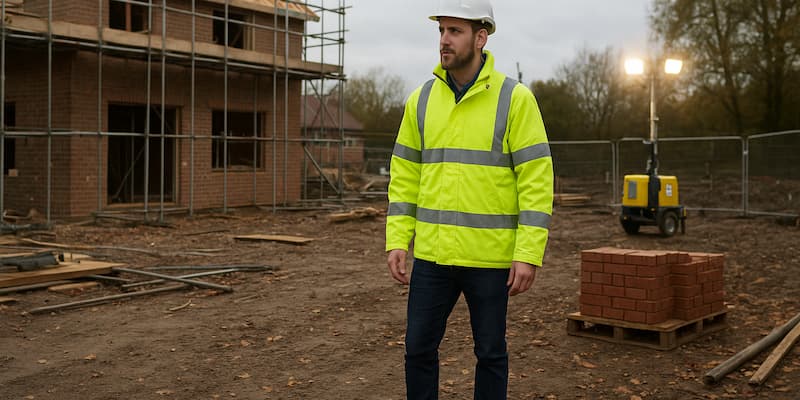
By Sarah Warriner 04/04/2017
Under: PPE and WorkwearSight Safety: How to Select Safe Eye Protection
Occupations with a high risk of eye injuries include: construction, manufacturing, electrical work, welding, mining, and maintenance. When all possible control measures have been taken to eliminate hazardous airborne objects and particles, it’s time to think about Personal Protective Equipment (PPE).
Types of hazard
Larger projectiles
Whether it’s light materials, metal shards, wood or concrete, possible projectiles should be assessed for their potential impact force. Safety glasses or safety goggles with the appropriate strength to resist impact can then be selected. Eye protection is made with different transparent materials and levels of thickness. These levels should correspond with specific tasks.
Smaller particles, gas and liquids
To guard against smaller particles such as dust, vapours and splashes, safety goggles are a better choice than spectacles as they offer full eye enclosure. Choose anti-mist lenses to keep vision as clear as possible. If the face is also at risk, a full face shield will be required in addition to eye protection.
Radiation
If you are working near hazardous radiation (ultraviolet, welding flashes, lasers or fibre optics) you must use safety goggles and face shields specially designed for the task. This might include a visor or UV glasses.
Fitting eye protection
Make sure the user feels as comfortable as possible. Uncomfortable equipment is one of the main reasons team members don’t comply with PPE requirements. Offer your team a range of sizes and styles to choose from so team members can select a style that fits their face best. Wearers should have a good field of vision and minimal space between the eyewear and their face.
Eye protection should also feel comfortable and not interfere with other PPE requirements such as a helmet or ear protection.
Prescription service
In conjunction with uvex, we offer a bespoke prescription service to ensure the unique needs of your whole team are met. All prescription spectacles are supplied with anti-scratch coating, spectacle case, lens cloth and instructions.
Maintenance
When not in use, eye protection should be stored in a bag to reduce scratching. Don’t forget to clean eye protection regularly and carry out PPE inspections to remove any damaged equipment from use.
Need to discuss your eye safety requirements? Talk to one of our safety champions on: 0333 003 5710 and join the health and safety chat on our LinkedIn and Twitter pages.
Enfield Safety – no one works harder to bring you health, safety and welfare products at the right price, on time, every time.

.jpg)
